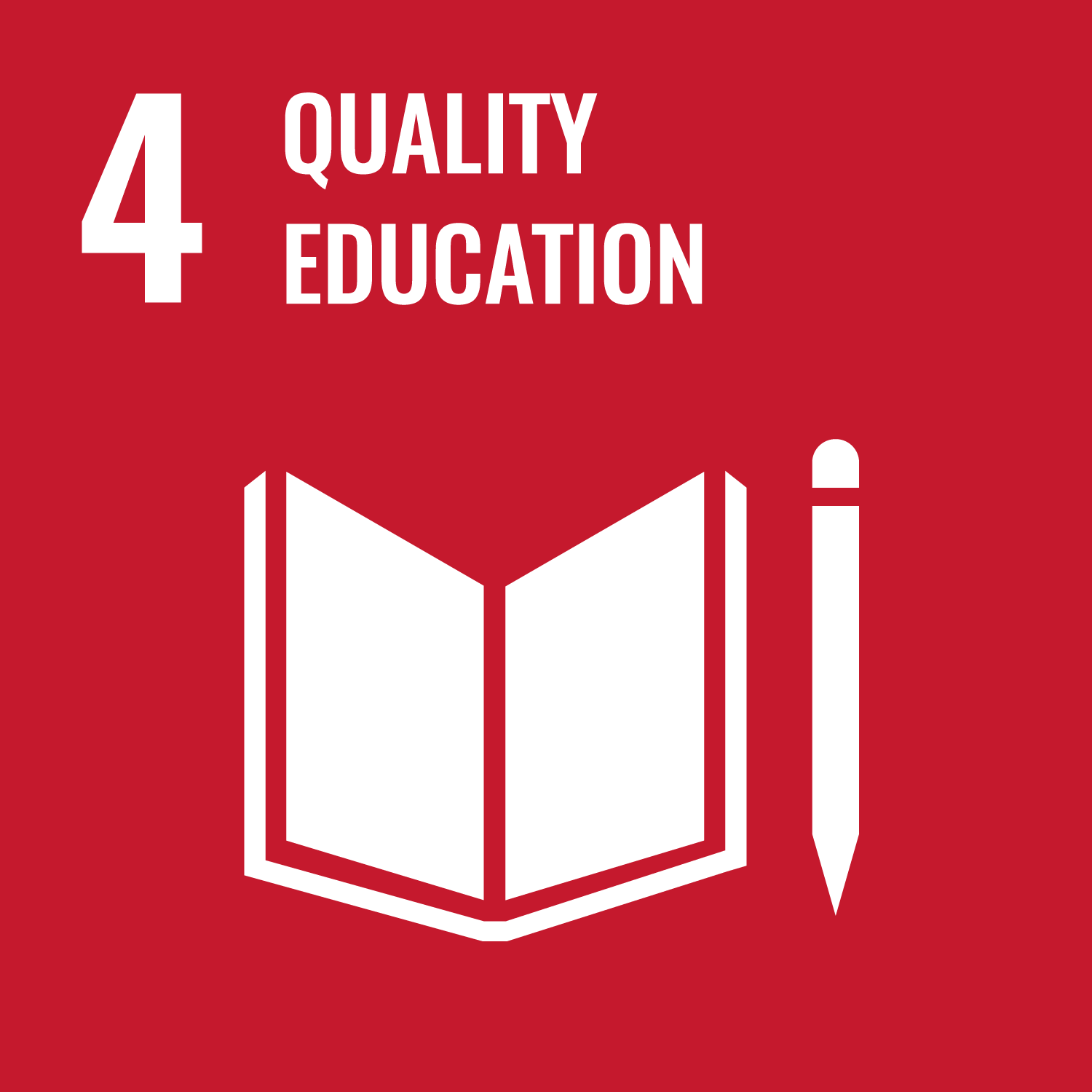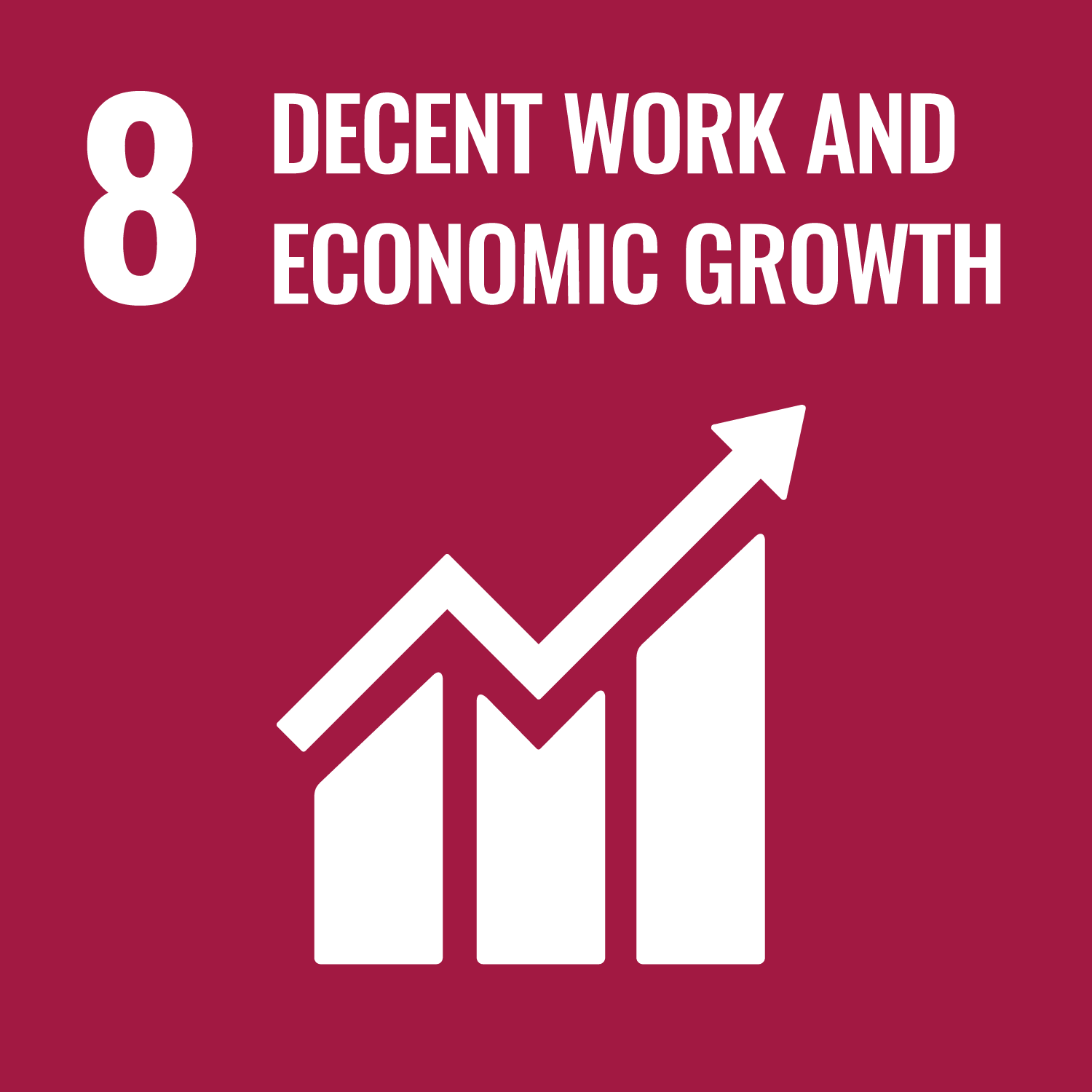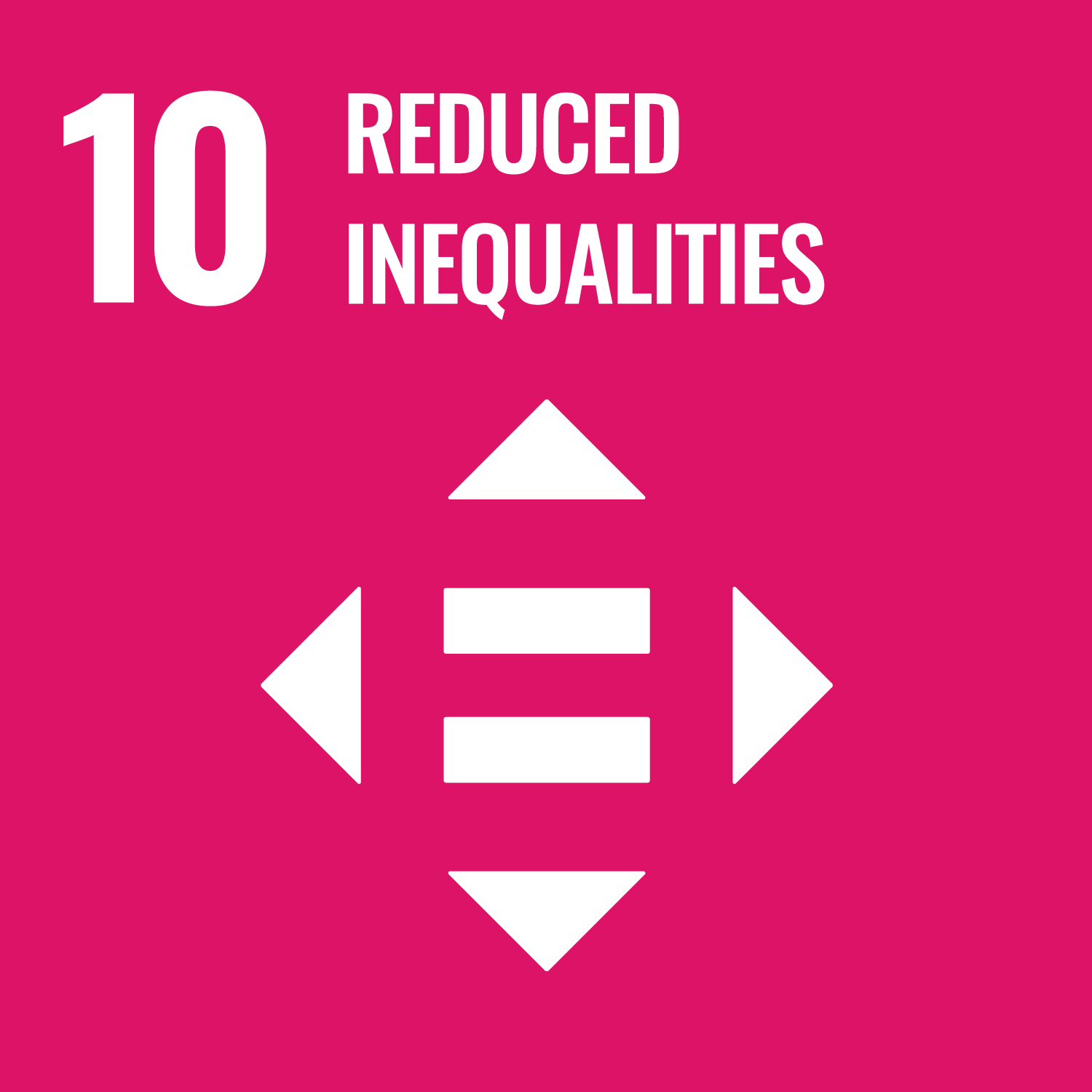Prevista
Aligned SDGs



General overview
Stage of development: Complete
Policy sector: Employment and training
Start date of service provision: Apr 2015
Max potential outcome payment: GBP 11.80k
The total value of outcome payments claimable for support provided to an individual participant is limited to £8,200 for Round 1 and £11,700 for Round Two participants.
Intervention
As part of the Youth Engagement Fund, the SIB aimed to help disadvantaged young people aged 14 to 17 to participate and succeed in education or training. It hoped to improve their employability, reduce their long term dependency on benefits, and reduce their likelihood of offending. Prevista’s Youth Engagement Fund (YEF) Project operated in 10 London boroughs, helping young people to improve their attitude, skills and behaviour and preparing them for progression into work or onto further skills development and education. As a managing agent, Prevista led a supply chain of innovative grassroots delivery partners enabling them to refer young people to providers who are most suited to meet their needs. Activities included a range of tailored in and out of school activities supported through a personal career coach, including volunteering, skills and enrichment activities, group work, employment integration activities, youth applied positive psychology and work with the young person’s family.
Target population
Young people aged 14 to 17 in London, 70% of whom will be gang members, ex-offenders/at risk of offending, in care/care leavers, and those with high levels of school absence
Location
Country
- United Kingdom
Service delivery locations
- London, United Kingdom
Involved organisations
Outcome metrics
- First Improved attitude to school/education The Participant demonstrates a positive change in their disposition towards learning (e.g. willingness to learn; completing homework); a positive attitude towards classroom peers, and those in authority (i.e. teachers/head teachers). This must be identified and verified by a teacher. The improvement has to be demonstrated for a minimum of 13 continuous weeks (not including school holidays) to generate an Outcome payment. This can only be claimed for participants who were 14/15 years old when they started. A signed and dated confirmation letter from school/teacher/home tutor on official headed paper. The evidence should include details about how the young person’s attitude has improved.
- Improved attendance at School Participants who are ‘Persistent absentees’ means students/pupils absent from school for more than 10% of sessions over the past three terms (authorised or unauthorised absence, as identified by teachers or attendance records). Persistent absence has to decrease to attendance levels associated with the average student, in the Participant’s school year. The improvement has to be demonstrated for a minimum of 13 continuous weeks (not including school holidays) to generate an Outcome payment. This can only be claimed for participants who were 14/15 years old when they started. A signed and dated confirmation letter from school/teacher/home tutor on official headed paper. The letter should include details of the improved attendance level achieved by the young person and indicate the attendance levels associated with the average student in that school year.
- Improved behaviour at school Participants who are at risk of exclusion, or whose behaviour has been identified as poor. This means those “whose behaviour is unacceptable, who break school rules or who fail to follow a reasonable instruction (Section 91 of Education and Inspection Act 2006)”. Behaviour must improve to the standard of behaviour expected of pupils at the school as set out in the school behaviour policy. The improvement has to be demonstrated for a minimum of 13 continuous weeks (not including school holidays) to generate an Outcome payment. This can only be claimed for participants who were 14/15 years old when they started. A signed and dated confirmation letter from school/teacher/home tutor on official headed paper. The letter should include details of the improved behaviour level achieved by the young person and indicate the behaviour levels outlined in the school behaviour policy.
- Qualifications and Credit Framework (QCF) accredited Entry level qualifications (below GCSE) The achievement of a first Qualifications and Credit Framework (QCF) accredited Entry level qualification (below GCSE). These include the following: Skills for Life* at Entry level, Entry level awards*, certificates and diplomas*, Foundation Learning Tier pathways* and Functional Skills at Entry level* (*with a minimum of 40 Guided Learning Hours (GLH)). This can only be claimed for participants who were 14/15 years old when they started. A signed and dated confirmation letter from school/teacher/home tutor on official headed paper covering all the information required or exam results slips or notifications from educational establishments; or a copy of the certificate showing the Participant’s name and date of birth, the Awarding Body, the date of achievement/ award and/or course completion date and the qualification accreditation number
- Improved attitude to school The Participant demonstrates a positive change in their disposition towards learning (e.g. willingness to learn; completing homework); a positive attitude towards classroom peers, and those in authority (i.e. teachers/head teachers). This must be identified and verified by a teacher. The improvement has to be demonstrated for a minimum of 13 continuous weeks (not including school holidays) to generate an Outcome payment. This outcome can only be claimed where the participant was 16 years of age when provision commenced. A signed and dated confirmation letter from school/teacher/home tutor on official headed paper; The evidence should include details about how the young person’s attitude has improved
- The achievement of a first QCF accredited Entry level qualification (below GCSE) with a literacy and numeracy focus The achievement of a first QCF accredited Entry level qualification (below GCSE) with a literacy and numeracy focus. These include the following Entry level awards: Entry Level Certificate in Adult Literacy* and Entry Level Certificate in Adult Numeracy* (*with a minimum of 40 Guided Learning Hours (GLH)). These are Entry Level qualifications (below GCSE) accredited in the Qualifications and Credit Framework (QCF) with a literacy and numeracy focus. This outcome is aimed specifically at students aged 16 or above who are working below GCSE level. A signed and dated confirmation letter from school/teacher/home tutor on official headed paper covering all the information required; or exam results slips or notifications from educational establishments; or a copy of the certificate showing the Participant’s name and date of birth, the Awarding Body, the date of achievement/award and/or course completion date and the qualification accreditation number.
- The achievement of First QCF Level 1 qualification The achievement of First QCF Level 1 qualification Achievements counted as Level 1 in the following qualifications include: At least one GCSE pass (at any pass grade), BTEC awards*, diplomas* and certificates* at Level 1, Cambridge Nationals Level 1* and 2*, Key Skills* level 1, NVQ* at level 1, Skills for Life* at level 1, Functional Skills* level 1, Foundation Learning Tier Pathway* at level 1 (*With a minimum of 120 Guided Learning Hours). Can be claimed for either 14/15 or 16+ client group. A signed and dated confirmation letter from school/teacher/home tutor on official headed paper covering all the information required; or exam results slips or notifications from educational establishments; or a copy of the certificate showing the Participant’s name and date of birth, the Awarding Body, the date of achievement/award and/or course completion date and the qualification accreditation number.
- The achievement of First QCF Level 2 qualification The achievement of First QCF Level 2 qualification Achievements counted as Level 2 in the following qualifications include: 5 full GCSE/ iGCSE passes including English and Mathematics at grade A* to C or 2 AS level at grade A to E or; 1 A/A2 level at grade A to E or; 1 NVQ*/full VRQ* pass at Level 2 or higher; or 1 International Baccalaureate pass (*with a minimum of 325 Guided Learning Hours). Can be claimed for either 14/15 or 16+ client group. A signed and dated confirmation letter from school/teacher/home tutor on official headed paper covering all the information required; or exam results slips or notifications from educational establishments; or; a copy of the certificate showing the Participant’s name and date of birth, the Awarding Body, the date of achievement/award and/or course completion date and the qualification accreditation number.
- Completion of first QCF Level 3 training/vocational qualifications. Achievements counted as Level 3 in the following qualifications include: 4 AS level at grade A to E; 2 A/A2 level at grade A to E; 1 NVQ/full VRQ pass at Level 3 or higher (with a minimum of 595 Guided Learning Hours); 1 International Baccalaureate pass; 2 Pre-U Principal Subject or 4 Pre-U Short Course Subjects. Can be claimed for either 14/15 or 16+ client group. A signed and dated confirmation letter from school/teacher/home tutor on official headed paper covering all the information required; or exam results slips or notifications from educational establishments; or a copy of the certificate showing the participant’s name and date of birth, the Awarding Body, the date of achievement/award and/or course completion date and the qualification accreditation number
- Entry into First Employment (16 or more hours per week) with training element (e.g. an Apprenticeship, or work-based learning). Entry into employment of 16 hours per week or more. For under 18s this includes a part-time education or training element [which counts towards the 16 hours]. A part-time education or training element is defined as at least 280 guided learning hours per year. This employment must have lasted for a minimum of 13 continuous or cumulative weeks in order for it to generate an Outcome payment. Self-employment is also included. Confirmation letter from employer (Employer Verification Template), supported by evidence e.g. business card, trade invoices, utility bills etc. For self-employed individuals, Self Employment Verification Template must be supported by evidence that the individual is trading e.g. trading bank statements, National Insurance contributions, trade invoices etc. Including for under 18s details of the part-time education or training element is also required to confirm the employment meets the necessary Guided Learning Hours requirement.
- Entry into sustained employment – 26 weeks Sustained employment is where a participant has been in employment and off benefit for a total of 26 weeks: and specifically where a Job Outcome payment has been paid; and thirteen continuous weeks in employment have elapsed between the Job Outcome payment date. Again, for under 18s, a part-time education or training element is required. Confirmation letter from employer (Employer Verification Template), supported by evidence e.g. business card, trade invoices, utility bills etc. For self-employed individuals, Self Employment Verification Template must be supported by evidence that the individual is trading e.g. trading bank statements, National Insurance contributions, trade invoices etc. Including for under 18s details of the part-time education or training element is also required to confirm the employment meets the necessary Guided Learning Hours requirement.
Powered by SyROCCo SyROCCo reports
The following articles are taken from the Systematic Review of Outcomes Contracts Collaboration (SyROCCo) Machine Learning tool.
The tool is a collaboration between the Government Outcomes Lab and machine learning experts from the University of Warwick, that allows you to navigate and explore data extracted from nearly 2000 academic and grey literature publications related to outcomes-based contracting.
Spreadsheet of data
Important Notice and Disclaimer on INDIGO Data
INDIGO data are shared for research and policy analysis purposes. INDIGO data can be used to support a range of insights, for example, to understand the social outcomes that projects aim to improve, the network of organisations across projects, trends, scales, timelines and summary information. The collaborative system by which we collect, process, and share data is designed to advance data-sharing norms, harmonise data definitions and improve data use. These data are NOT shared for auditing, investment, or legal purposes. Please independently verify any data that you might use in decision making. We provide no guarantees or assurances as to the quality of these data. Data may be inaccurate, incomplete, inconsistent, and/or not current for various reasons: INDIGO is a collaborative and iterative initiative that mostly relies on projects all over the world volunteering to share their data. We have a system for processing information and try to attribute data to named sources, but we do not audit, cross-check, or verify all information provided to us. It takes time and resources to share data, which may not have been included in a project’s budget. Many of the projects are ongoing and timely updates may not be available. Different people may have different interpretations of data items and definitions. Even when data are high quality, interpretation or generalisation to different contexts may not be possible and/or requires additional information and/or expertise. Help us improve our data quality: email us at indigo@bsg.ox.ac.uk if you have data on new projects, changes or performance updates on current projects, clarifications or corrections on our data, and/or confidentiality or sensitivity notices. Please also give input via the INDIGO Data Definitions Improvement Tool and INDIGO Feedback Questionnaire.